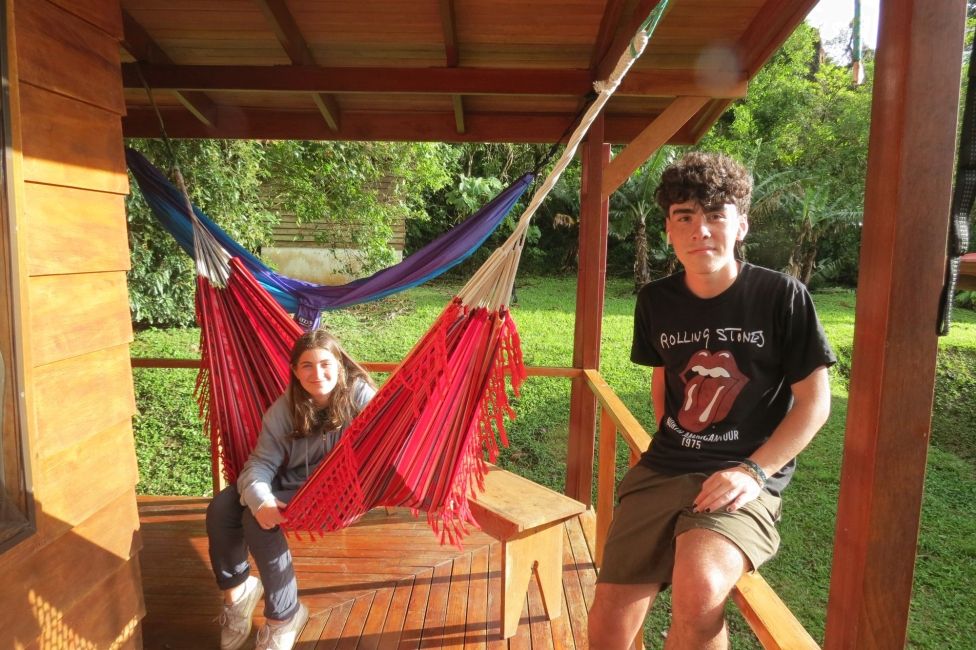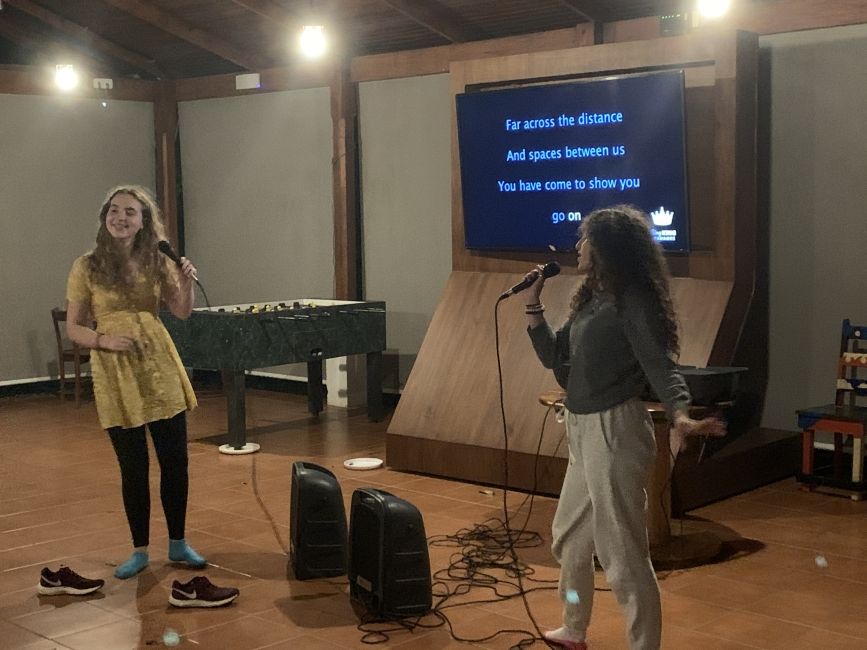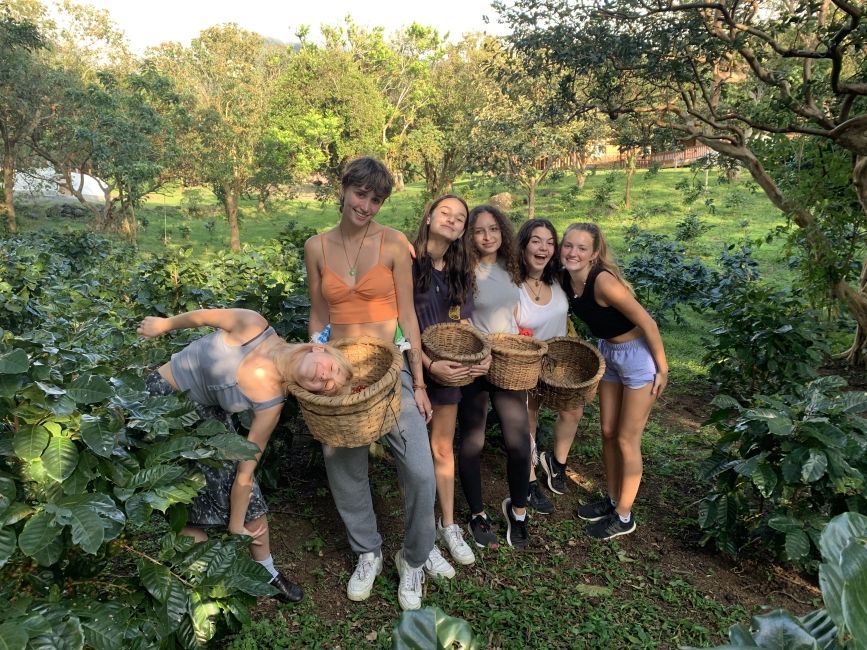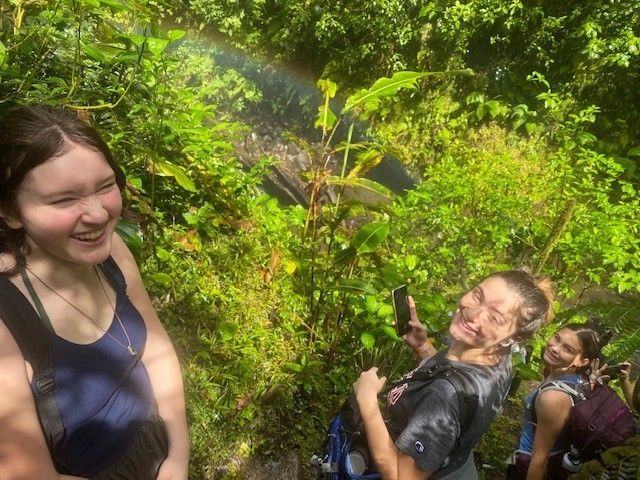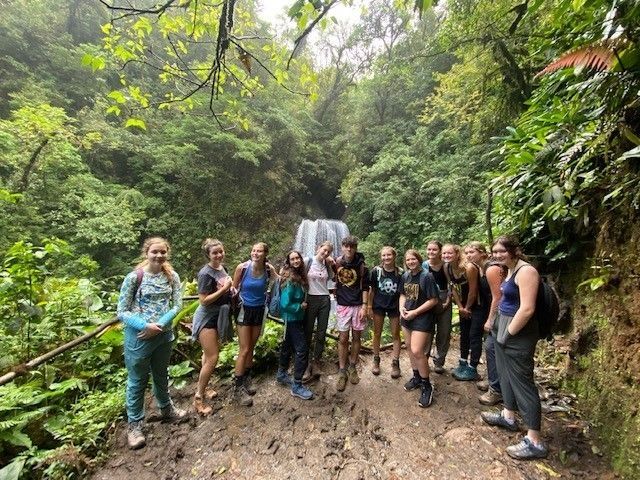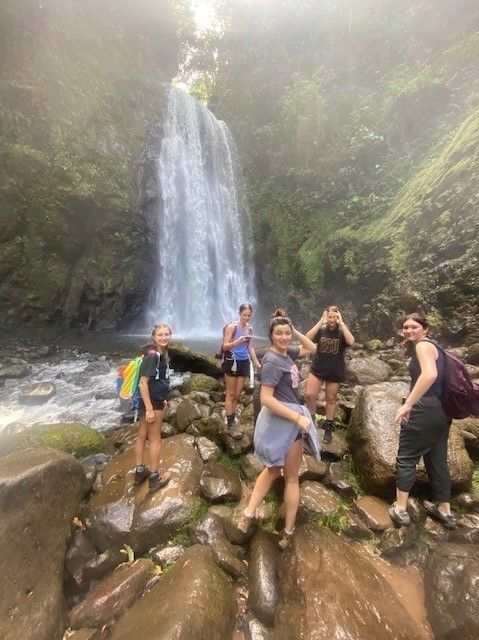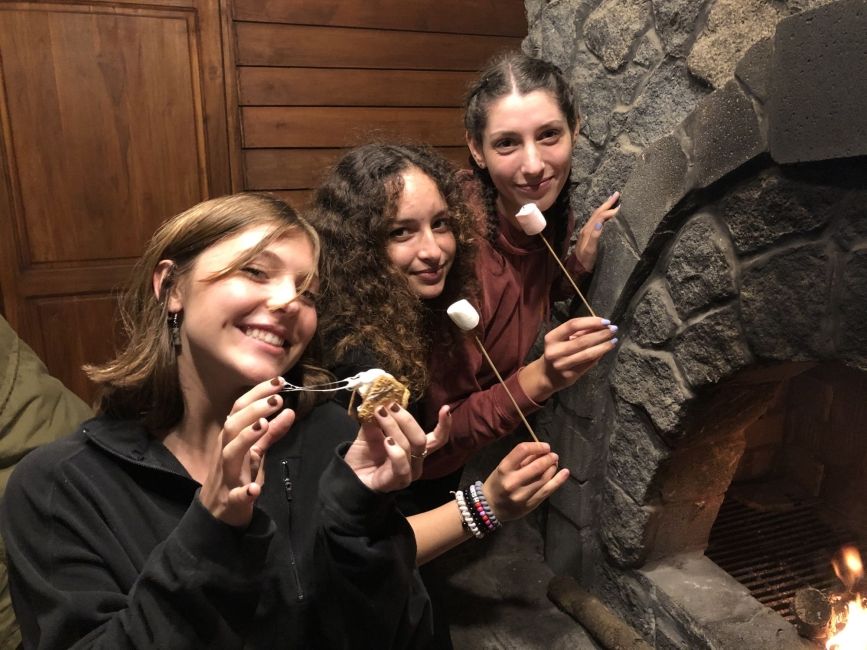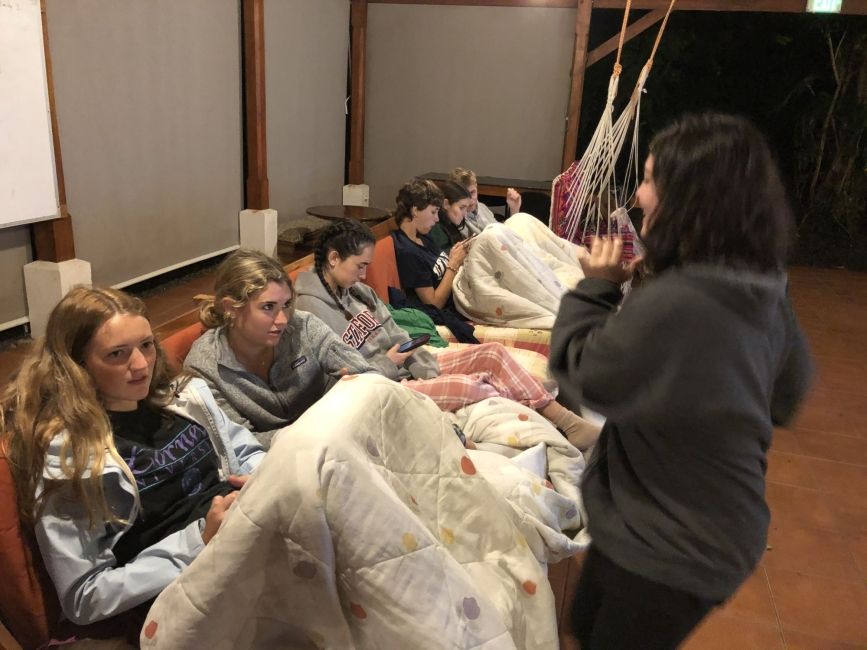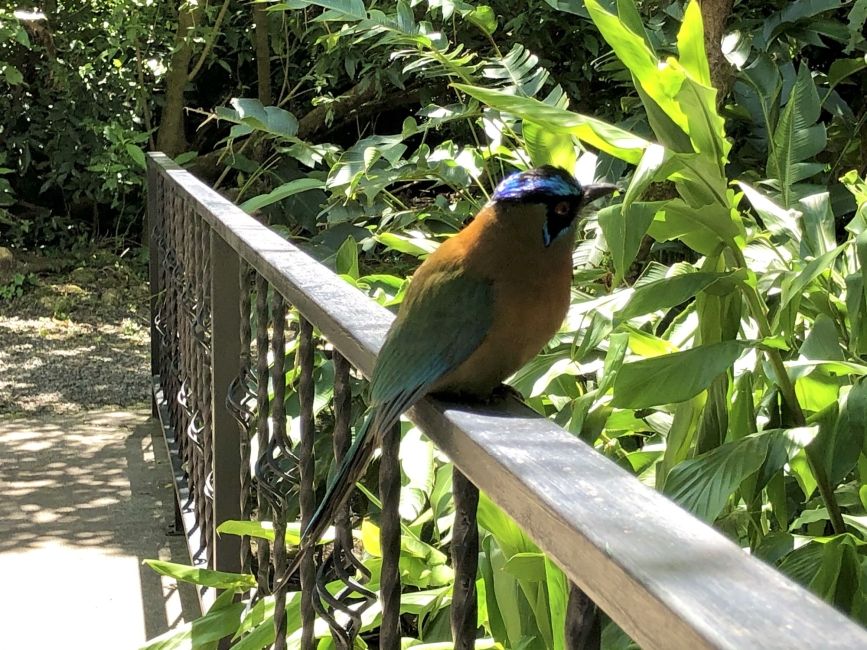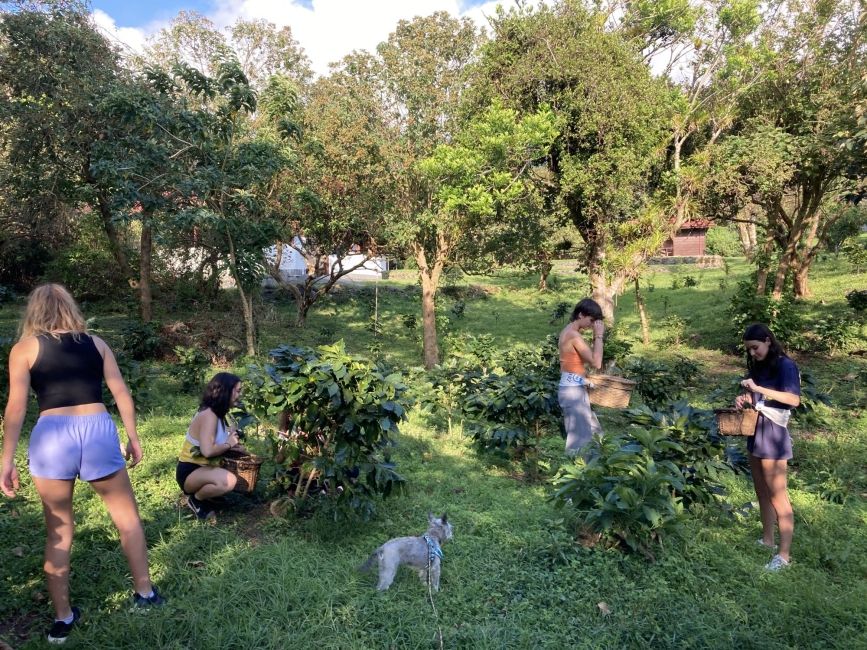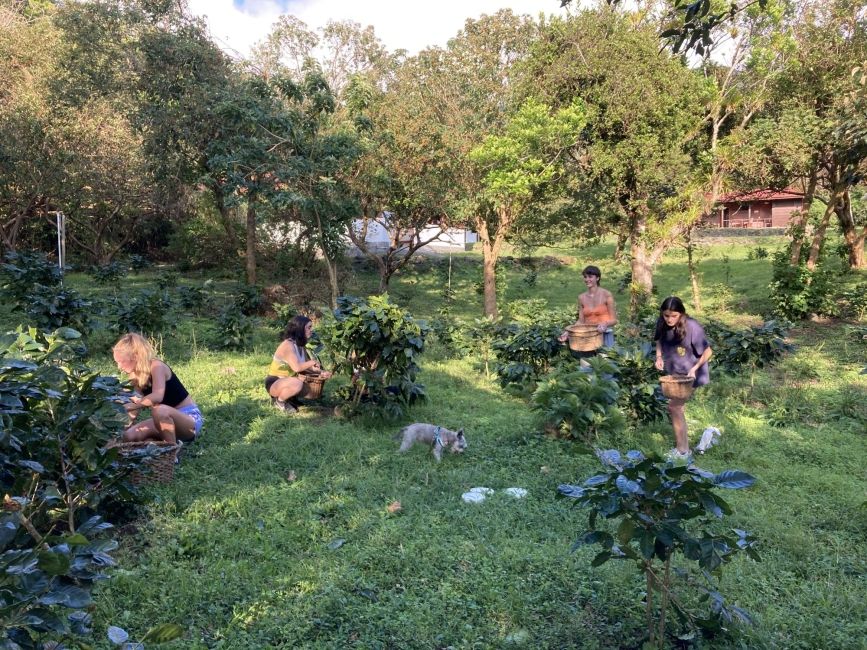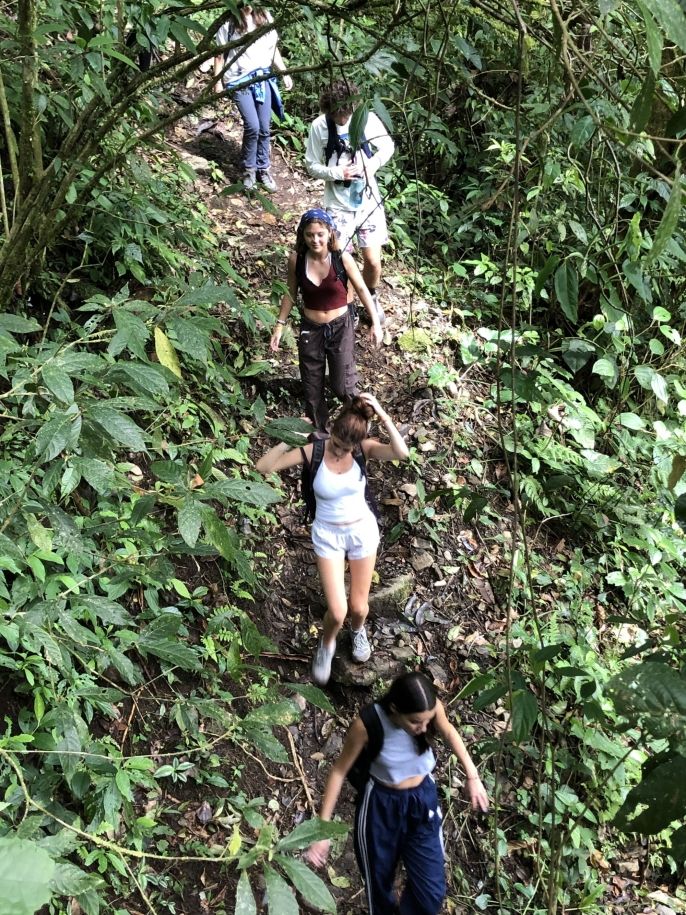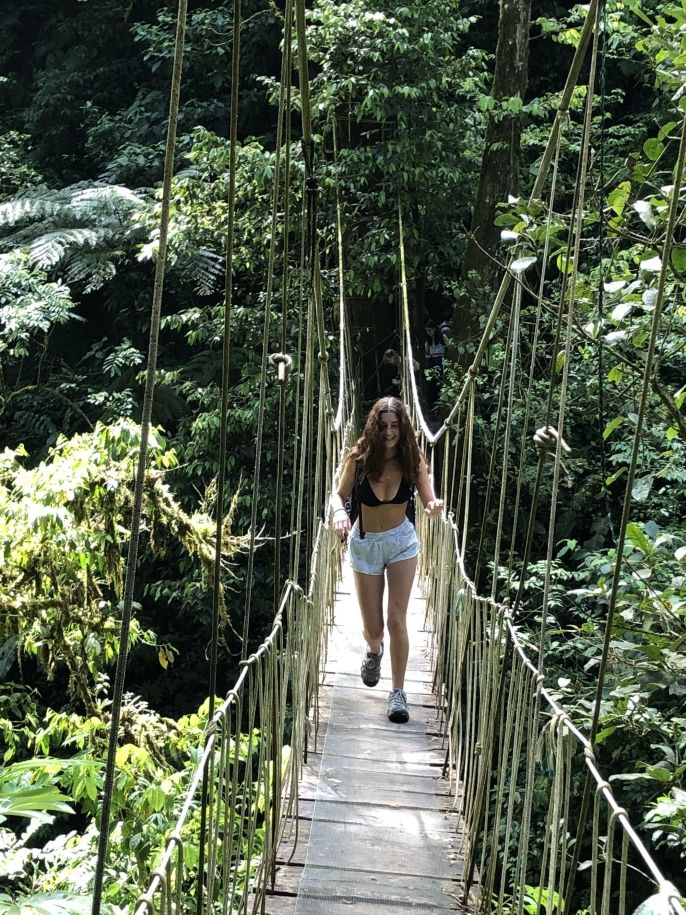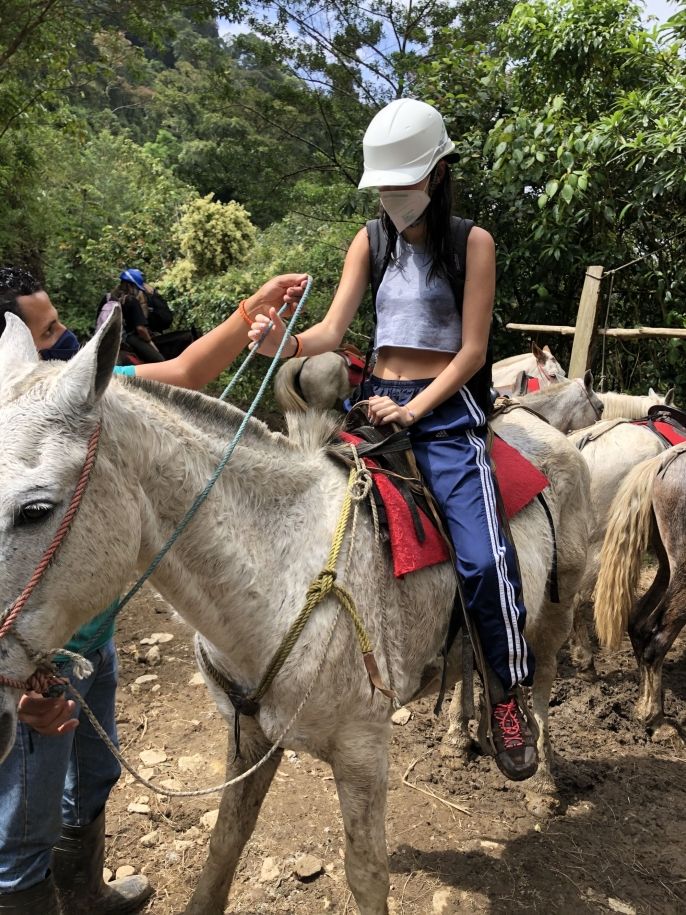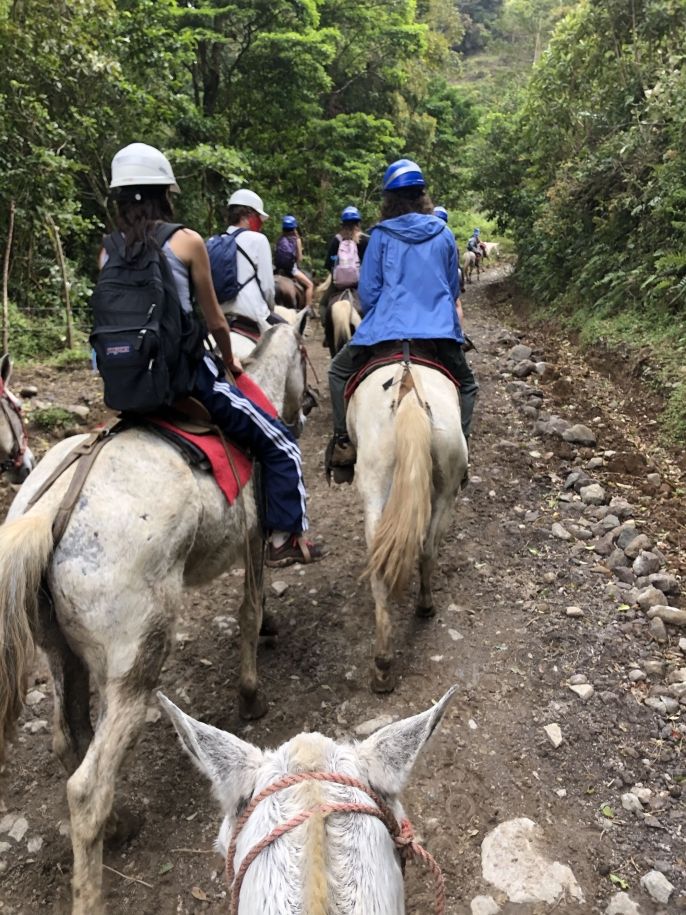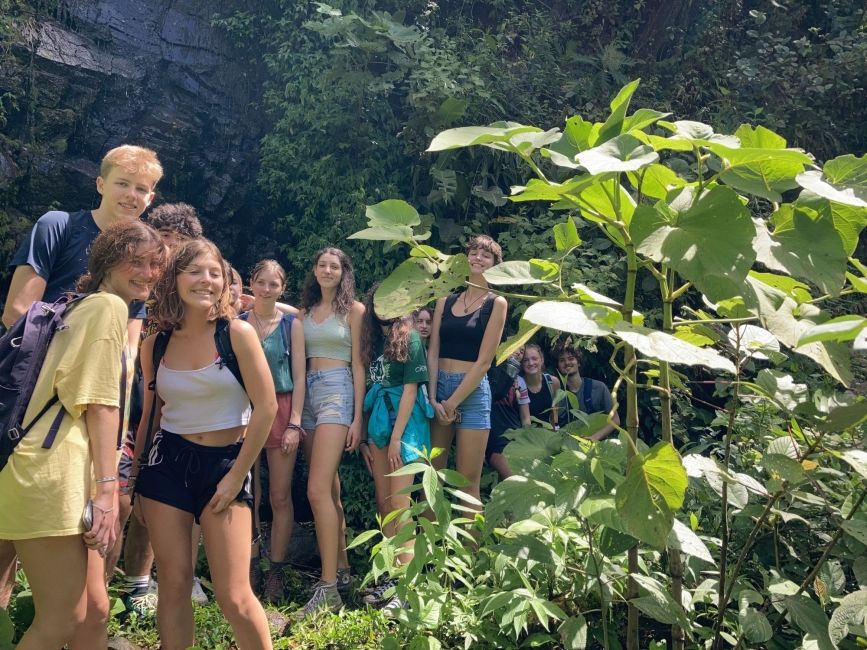What You Really Learn On High School Away
One of our past participants said it best: “In the US I was making school my life; here, I am making school a part of my life.”
The High School Away program differs from the typical program CIEE runs for high school students.
Before Covid-19, my CIEE job was to educate schools and prospective students about what our programs provided: academics, hands-on learning, cultural immersion. Our programs all require students to have a strong interest in the field to which students are applying: languages, service learning, content areas in the arts, sciences, or activism.
But the High School Away program offers students something different – at a time when the chance to just be a “normal” teenager has been stripped away in order to keep them safe, the program does something that is more valuable than an educational program. High School Away provides its participants (and myself) the chance to re-evaluate our priorities and how we spend our days in the face of the pandemic that has upended everyday life.
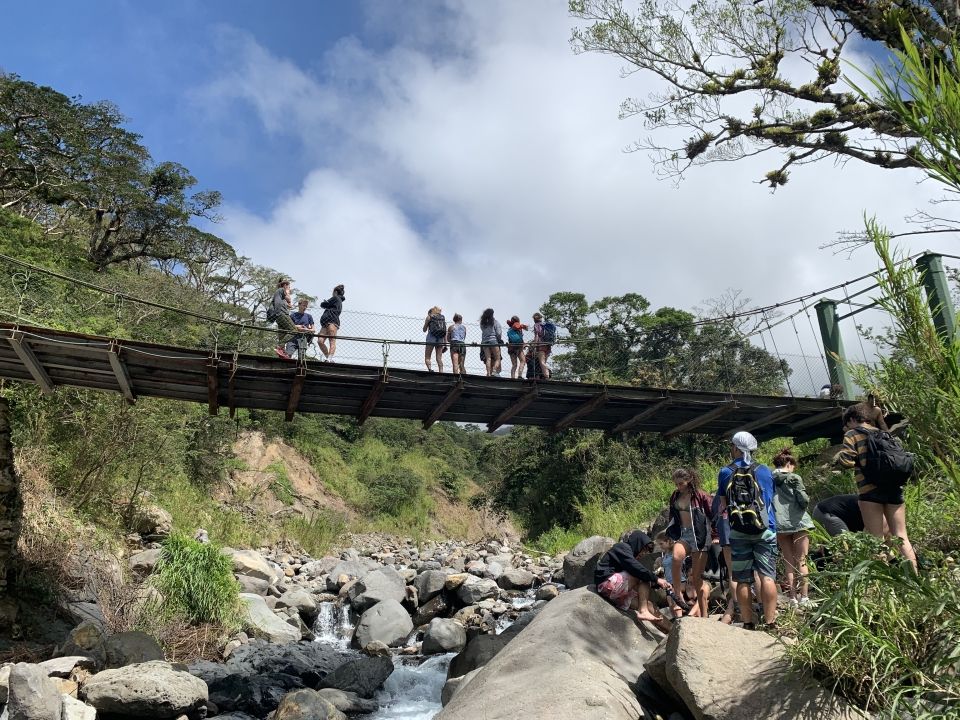
One thing that always get illuminated with studying abroad is the emphasis (and pride) that US-Americans often place on being busy.
As someone who reviews our student’s applications, I know this firsthand: our participants take a full schedule of rigorous classes, they act in the school play, are in jazz ensemble, have virtual sports practices, SAT prep, extra tutoring, debate club. When students upload their daily schedules to CIEE, almost every box is filled.
As an adult, my life is very similar. In addition to working for CIEE full-time, I continue to teach high school students in the evening and on Saturdays with a nonprofit organization (in my past life, I was an English 12th grade English Teacher in the New York City public school system). I’m a co-founder of my own tutoring business CFU Tutors, and I freelance as a writer in my free time. During this block of High School Away, I’ve applied to go back to Graduate school (part time) for a second master’s degree.
The pandemic and quarantine have made it so that staying busy helps distract from the reality of what life has become for many people.
A common phrase I heard myself saying this year, often after agreeing to take on another role or responsibility, was “I have nothing else to do anyway.” And so work filled a void that the pandemic left in our lives – time with friends, family, travel.
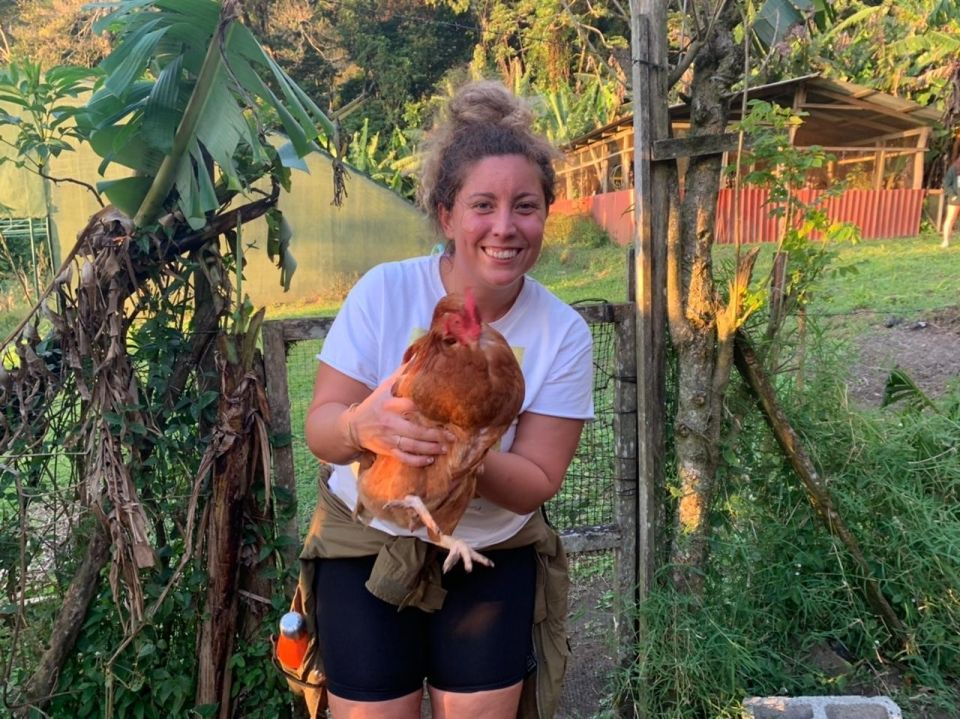
The High School Away program has caused me to re-examine my priorities while also helping me see the positives to come out of the pandemic.
Our students now have the flexibility to build out and take ownership over their days. Students are given the freedom and the agency to prioritize their responsibilities, and in the process, they learn what they value and what is ultimately important.
For me, that’s meant telling my team that I will work an hour later in the evening so that I can go to yoga with the students at 10 am. It’s meant taking calls from prospective parents from my porch, in the sunshine, instead of from my basement apartment in Brooklyn. It’s meant that my productivity has actually increased, since I don’t procrastinate so that I have time to hike to watch the sunset each day. It’s meant having the courage to say “that can wait” or “we can reschedule” when there’s an activity planned that I don’t want to miss.
While I’m in no way advocating or implying that students have forgone their responsibilities as students, I think the lesson they are learning about prioritizing their time is just as valuable as the academic they are taught remotely. I know plenty of adults who don’t know how to slow down and appreciate the time that is right in front of them – happiness is always scheduled for some event in the future, instead of the day they are fortunate to wake up to and enjoy.
Being on the CIEE Global Institute campus has allowed the students the chance to be excited by what each day offers.
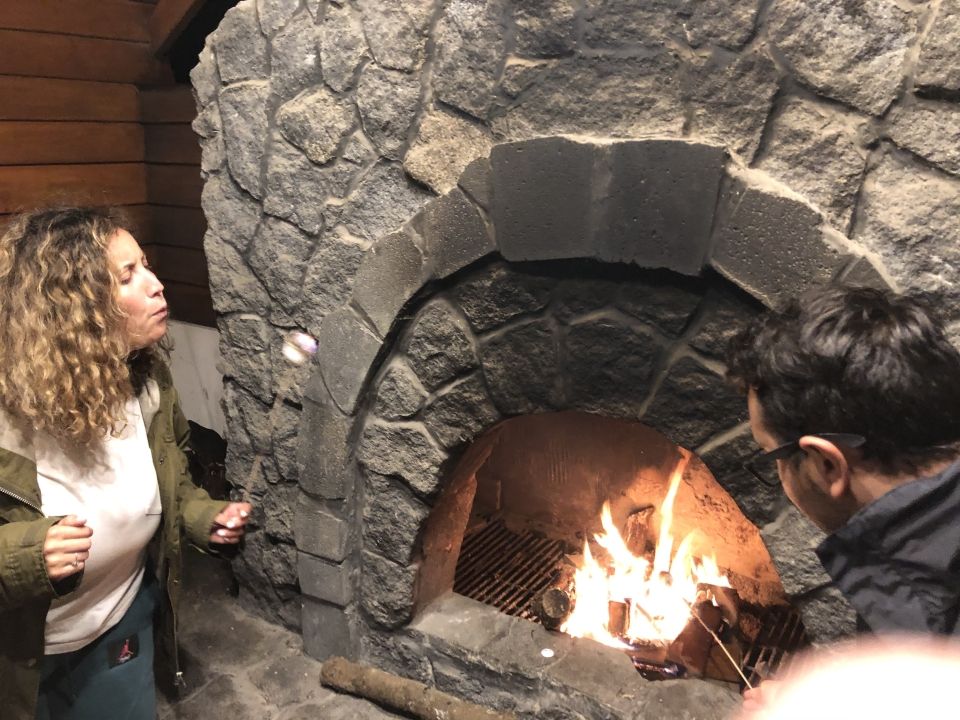
Take this past weekend, for example. Before many in the U.S. had even woken up for breakfast, the students had the chance to see multiple waterfalls, rope bridges, and rainbows as we hiked to El Tigre waterfall. As the water roared in our ears, one of the participants shouted, “I can’t believe this is real life.” We ended the hike by riding horses up the side of the mountain range, where we could see the valley that we just hiked through. Even the process of getting on our horses highlighted the vast differences in our students – some had never even touched a horse, while other ride regularly or have horses on their farms at home.
These moments are great reminders that even though our students come from different backgrounds and different parts of the country, they are connected by their desire to try something new and form bonds during a time where that often feels impossible.
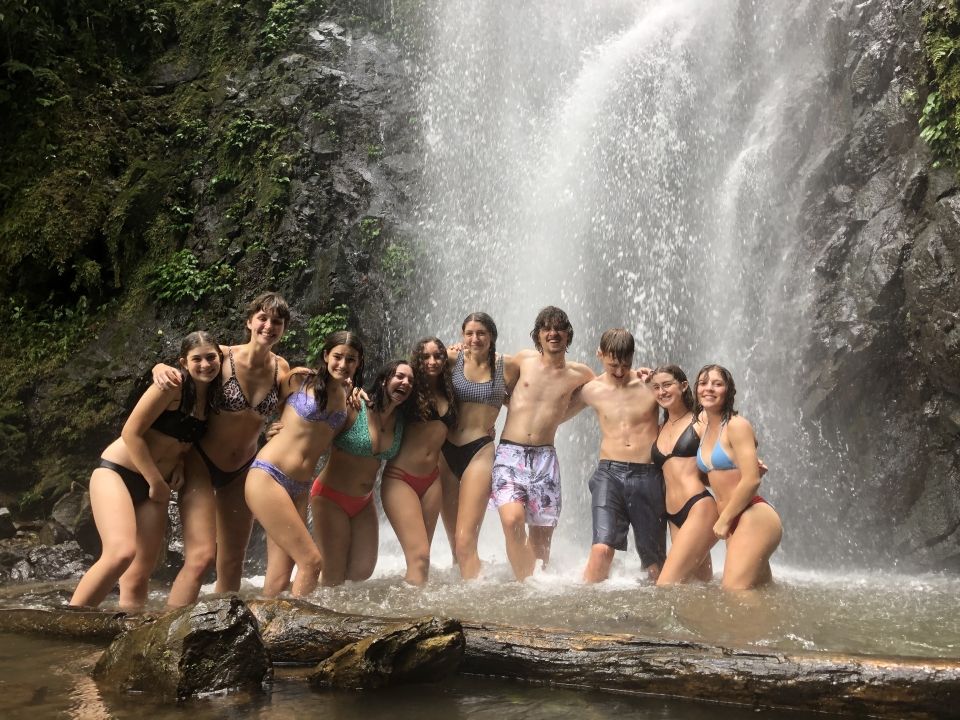
I challenge our students (and their parents) to consider how they can continue to implement what we have learned on this program to their lives back home.
For me, it means going on an hour-long walk instead of working through my lunch break once I get back to the U.S. It means changing where I work throughout the week, so that I don’t feel restless in my own apartment. It means thinking of creative ways to spend time outside safely, because I’ve found my mood elevated by simply having fresh air and sunlight each day. It means cooking some of the dishes I’ve enjoyed on campus for my roommates, so that we can share meals the same way the students do for breakfast, lunch, and dinner.
While we have no way to know how long this pandemic will continue, I hope that the lessons the students have learned in Monteverde equip them with the skills to persevere and grow during these unpredictable times.
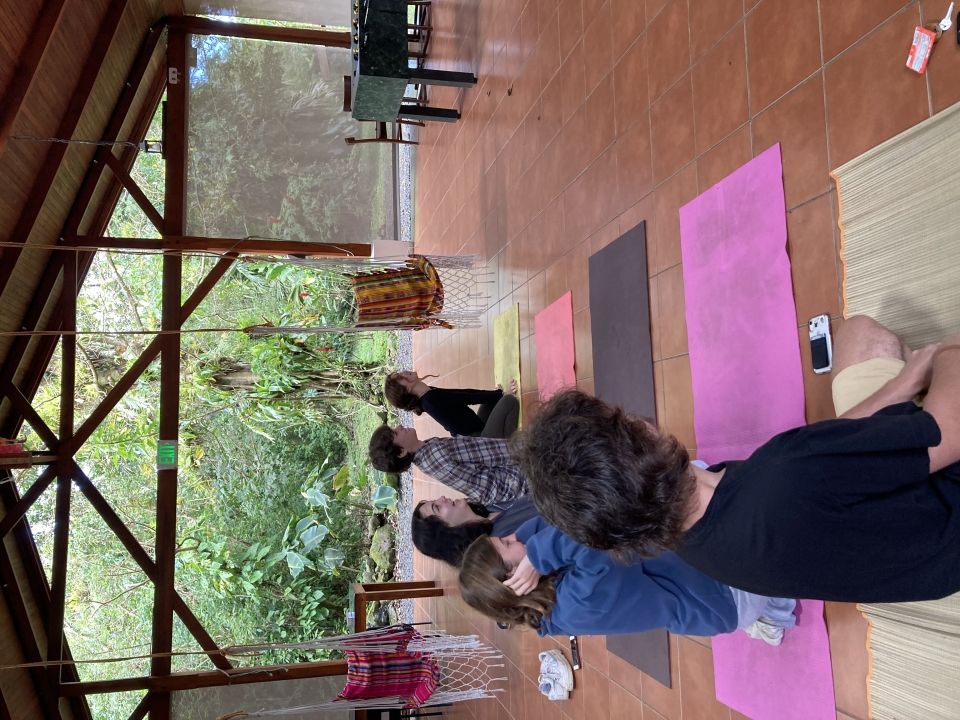
Related Posts
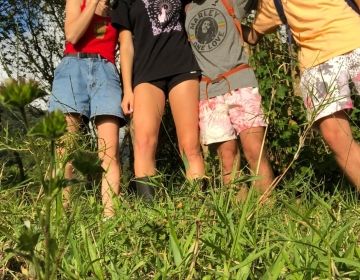
Living on a Sustainable Campus
One of the main these of the Global Insititute is environmental sustainability therefore there are many opportunities to participate in activities that support sustainability. My school schedule didn’t suit the... keep reading
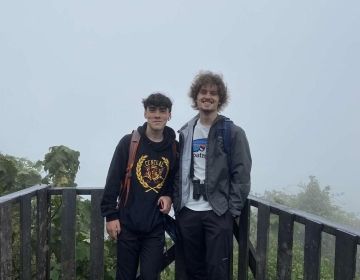
My Daily Routine on High School Away
I’m a morning person so I start my day off at 6:00 and take a cold shower to really wake myself up. I then finish any homework if I hadn’t... keep reading
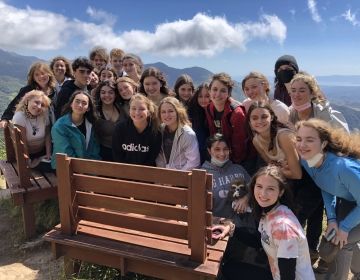
What A Typical Week Looks Like on High School Away
The most common question I get from students and parents prior to departure is “what will my day to day actually look like on program?” Even before coming on the... keep reading
